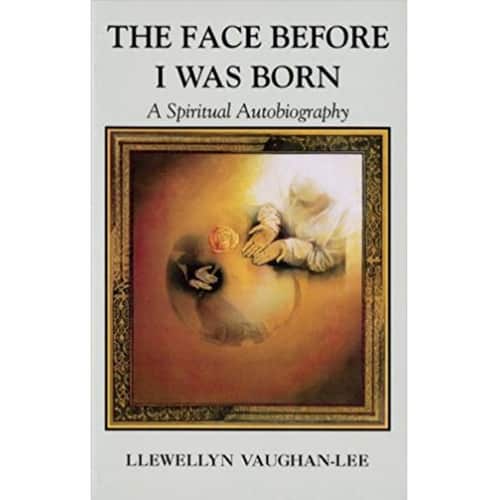

While her mother praises her “for being so good,” Lucy’s repeated efforts to deny her need to engage with her emotions, and release her pain and fear through crying, leave her feeling “absolutely nothing” and “only a void” (137). It is also a story of how she learned to accept her new and changed face and find beauty in it.

It is a story of how Grealy was able to overcome all the obstacles in her life and build a new and better one. Time after time, she fails to stop herself from crying before, near the end of her two and half years of treatment, she finally stops weeping during chemotherapy. The book Autobiography of a Face is a story of hope, resilience, and courage. When she returned to school with a third of her jaw removed, she faced the cruel taunts of classmates. At age nine, Lucy Grealy was diagnosed with a potentially terminal cancer. One must never, under any circumstances, show fear and, prime directive above all, one must never, ever cry” (29-30). In this celebrated memoir and exploration of identity, cancer transforms the author’s face, childhood, and the rest of her life. She develops this into the most important component of her adopted code of conduct, that “ne had to be good. Symbolically, this is highlighted by her attempts to not cry, with her again focusing on the time when she was “courageous and didn’t cry and thus was good” (21). Lucy accepts this and makes every effort to suppress her emotions when she is around her mother, remembering her “first visit to the emergency room” where she had “been praised as good for being brave” which she took as “a formula for gaining acceptance” (30). Unable to truly help her daughter, Lucy’s mother attempts to do so by telling her to be brave and encouraging her not to show pain or fear about her illness and medical treatment.


 0 kommentar(er)
0 kommentar(er)
